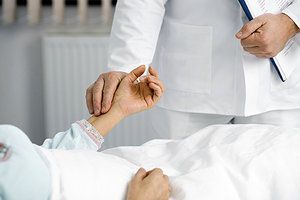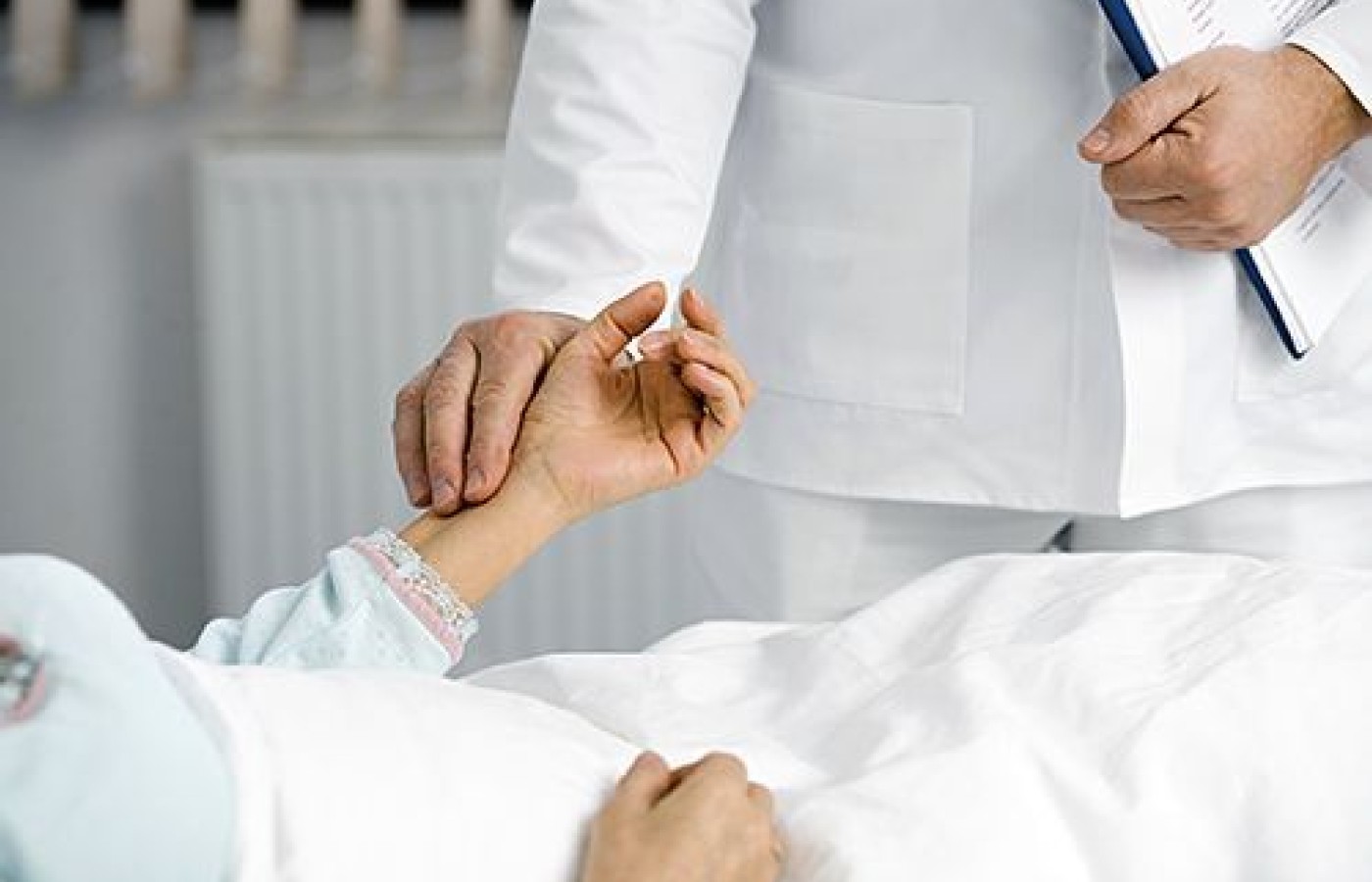Whether you accept it, avoid it or live somewhere in between, insurance coverage has become a defining issue for our profession. Patients increasingly expect to use their benefits, practitioners want to be compensated fairly for their time and expertise, and the system itself remains – at best – fragmented. The encouraging news is that coverage has expanded in meaningful ways. The challenging news is that reimbursement, across the board, remains inadequate.
Taking a Pulse
Perhaps one of the great traditional pillars of TCM is the art of pulse diagnosis. The evaluation of the pulse gives insight into the inter-relationships of every level of the meridian system. Taking the time to properly palpate the superficial and deep pulses of both wrists and evaluate them for each of the potential characteristics requires training, understanding, patience, and discipline. It also requires the practitioner to clear their mind of opinion or prejudice and listen for what the patients' body has to say – not just what they assume they are looking for.
I recall attending a seminar and sitting near some young, very enthusiastic students. They were practicing pulse diagnosis on each other. I observed one grab her colleague's wrist and continue chatting for a few minutes before saying, "Your kidneys are off." That was it – no other assessment, just a glancing palpation of only one wrist. I would be very uncomfortable if I was the patient and that was how I was evaluated before being given an assessment and treatment plan.
I recently had the opportunity to attend an EMT training program. As an EMT, whenever you encounter a patient, either for a medical issue or a trauma, you must always first assess the airway and breathing (is the airway open and are they getting air into the lungs?) and the pulse (is there blood flowing to the body?). Without breathing and circulation – nothing else matters. Pulse, along with blood pressure and respiration, is one of the vital signs you must assess and monitor regularly during patient care. Pulse is always assessed with the application of a splint to make sure circulation is not compromised. The assessment of pulse may be more crude in this regard, but it is critical nonetheless. Ideally, the skin is warm, pink, and dry and the pulse is regular and steady.

We are used to thinking of the pulse at the radial aspect of the arm, but if the patient is unconscious, the pulse is often better assessed at the carotid. If the pulse is irregular – that is a sign of cardiovascular problems that should be medically evaluated. Tachycardia is the term for a rapid heart rate (over 100 beats per minute in an adult). The rapid heartbeat does not allow enough time for the heart to fill before it contracts so blood flow to the rest of the body is compromised. Tachycardia can occur with anxiety and stress, too much caffeine, and fatigue. Tachycardia can cause one to be lightheaded, dizzy, have palpitations or angina, and also shortness of breath. On the other hand, bradycardia is a slow heart rhythm (typically less than 60 beats per minute). For some people, a slow heart rate does not cause any problems. It can be a sign of being very fit. In other people, bradycardia is a sign of a problem with the heart's electrical system. It means that the heart's natural pacemaker isn't working right or that the electrical pathways of the heart are disrupted. In severe forms of bradycardia, the heart beats so slowly that it doesn't pump enough blood to meet the body's needs. This can cause symptoms of weakness and fatigue and can be life-threatening.
If there has been an injury and there is blood loss, you must also be concerned about shock. In the early (compensated) stages of shock, the pulse may be weak and rapid. The skin may be cool, clammy, or ashen. In the later (decompensated) stage of shock the pulse is often thready or absent.
A professional rodeo bull rider was once asked if his job was hard. His response was right on point, "riding bulls – that's easy. But being able to do it well, that's hard." I think the same logic applies to pulse. Anyone can grab a wrist and feel for a tap – that's easy. But to really understand – to study, to listen, to feel what the body has to say – that is hard. Take your time. Clear your mind. Don't cloud your judgment with preconception or distraction. Honor the art and do it the right way. But at the same time, don't forget that we do live in the modern world. Don't forget that as players in the healthcare arena, we have responsibility to correlate all the health information – both traditional and contemporary – and provide our patient's the best care we are able.



